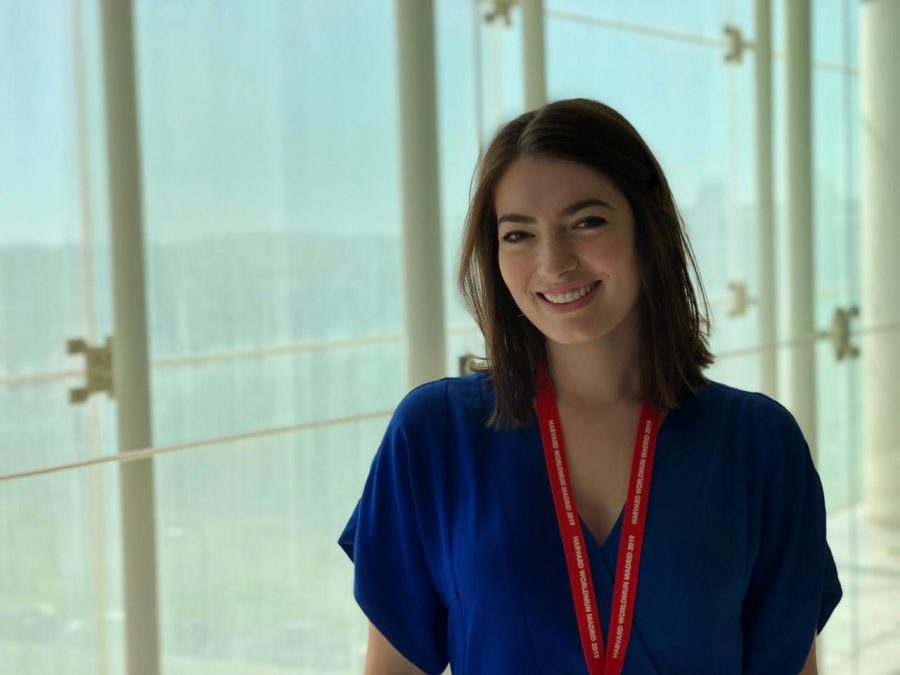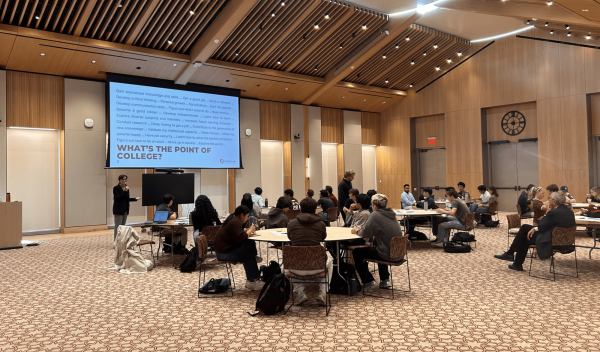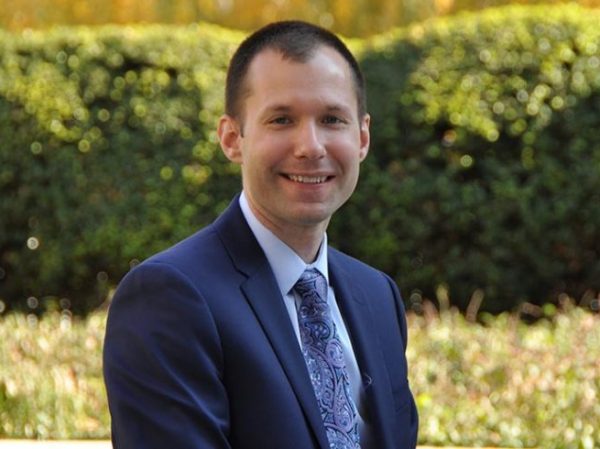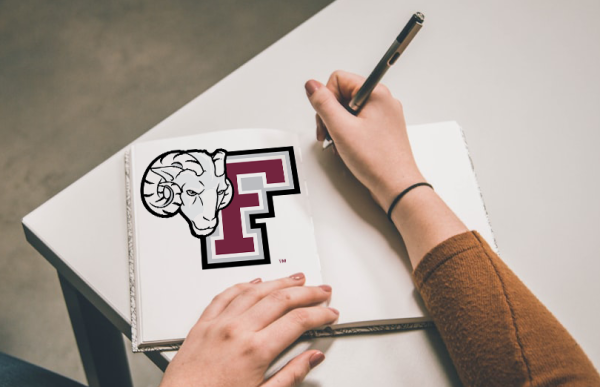Student Maps African American and Italian History in the Bronx
By Eliot Schiaparell
As a research assistant for Fordham’s oral history initiatives, the Bronx Italian American History Initiative (BIAHI) and The Bronx African American History Project (BAAHP), Alison Rini, FCRH ’21, said she saw shared themes between the two projects.
Soon after that, Rini said her research mentor Kathleen LaPenta, along with Co-Director of BIAHI, Jacqueline Riech, approached her with an idea to create an interactive map showcasing the interviews the project had completed.
“I think they also suggested putting it in a conversation with the African American History Project to show that this was all the Bronx at the same time,” Rini said. “This is hopefully just the first of many formal collaborations.”
BIAHI has produced dozens of oral interviews and BAAHP has created hundreds. They interview Bronx natives about their experiences growing up in the Bronx and create transcripts and recordings in an archive. The archive is open to the public but Rini said it sometimes hard to navigate due to the volume of content.
Rini created an interactive digital map that combines the two projects by juxtaposing the two archives. The map, which was created using a software called Storymap by Knightlab, physically shows places people talk about.
Rini found two main categories: public housing projects and economic centers. Once a user clicks on a dot on the map, they can find pictures and recollections of participants in the two projects.
“Sometimes they have pretty similar experiences in the same places and sometimes they’re different but it just kind of shows how the Bronx wasn’t as segmented and everyone was kind of in the same places,” said Rini.
She also said she tracked the different themes she had recognized during her time as a research assistant.
“I kind of went through and looked to see common themes because as a research assistant all these common themes kept popping up,” she said. “They all talk about how the neighborhood has changed over time and the different people.”
Some nearby examples of places featured on the map are Arthur Avenue and the Grand Concourse.
“I think it’s a really great way to learn about the Bronx and Bronx history, because being a student at Fordham, it’s important to know about where the school is and the history of all the people who were here,” Rini said. “It was such an important hub for so long and history is really interesting, especially oral history, to just talk to people for an hour or two. A lot of them talk about the same things without prompting; they just have similar memories.”
Rini said she liked hearing about what she called the “golden age” of a lot of public housing projects.
“I think something that came to light is just how much these people were in the same places, like the public housing projects at one point were the best place to be. It was really hard to get into them, and they were communities where people looked out for each other,” she said.
Rini also encouraged fellow students to attend events put on by the two projects. She said the African American History Project has had art events, speakers and concerts recently.
Rini plans to add more sights to the map now that she has a framework, and the map will eventually be accessible to the public on the website of each project.
“Anyone can access the archives right now, but they’re all in individual videos and transcripts. Projects like this that are interactive and you can just sort of learn a little bit and get some key insights, I think are going to be really useful and just a fun way of representing what we’re doing at the two projects,” said Rini.
















































































































































































































JoyceAnna D'Alessandro • Apr 3, 2019 at 1:57 pm
This sounds wonderful…..where is the link to the interactive map?